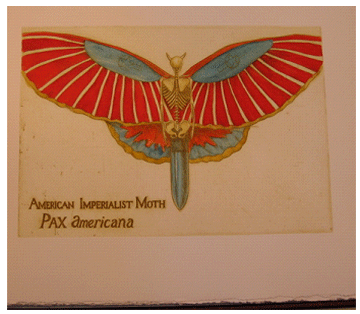The Art Of The Book: The Book As Art
- by Bruce E. McKinney

This field: books, bindings, images and artwork
By Bruce McKinney
This article is written to introduce the subject of this month's AE Comet: The Art of the Book. Click here to browse.
Books contain information and have, for more than five hundred years, been information's principal repository and medium of exchange. These printed works primarily convey ideas in words although even the first printed book in the western world, the Gutenberg Bible, included flourishes that embellished the text, enhancing and conveying feeling. Writers, printers, publishers and even collectors have sometimes felt a need to make a statement beyond the words on the page. To do this they in some cases printed elaborate versions and in other cases created elaborate bindings. The human mind is complex and communicates in many ways.
Books were not the first, neither are they the latest way, to convey information. Before printed language there were hand-written texts. Before written texts there were paintings and pictographs. And since the advent of printing there have been further iterations. Within the world of books a small but important category has been the book valued more as object than content: in other words the book itself as exceptional and unusual. This is not a new idea for examples of "the book as exceptional object" that predate printing survive today. Extraordinary bindings, some almost a thousand years old, hand tooled, even bejeweled are today treasured as some of the finest examples of culture expressing veneration for a subject through physical presentation in book form. Through the quality of the cases and bindings we sense an intensity of feeling about the content - pride, respect, veneration, even worship. It isn't always just the words on the page.
These days we read book reviews for insight and the books themselves for knowledge. But for some collectors it is the uniquely printed or bound example that is most appealing and so it has been since the beginning of book collecting. For the few who pursue this material exclusively and the many who acquire the occasional copy it is a way to appreciate a book as an emotional evocation. This is a subset of book collecting but an enormously appealing one. If not to the world, at least for the few for whom such copies matter, it is the only way to collect books.